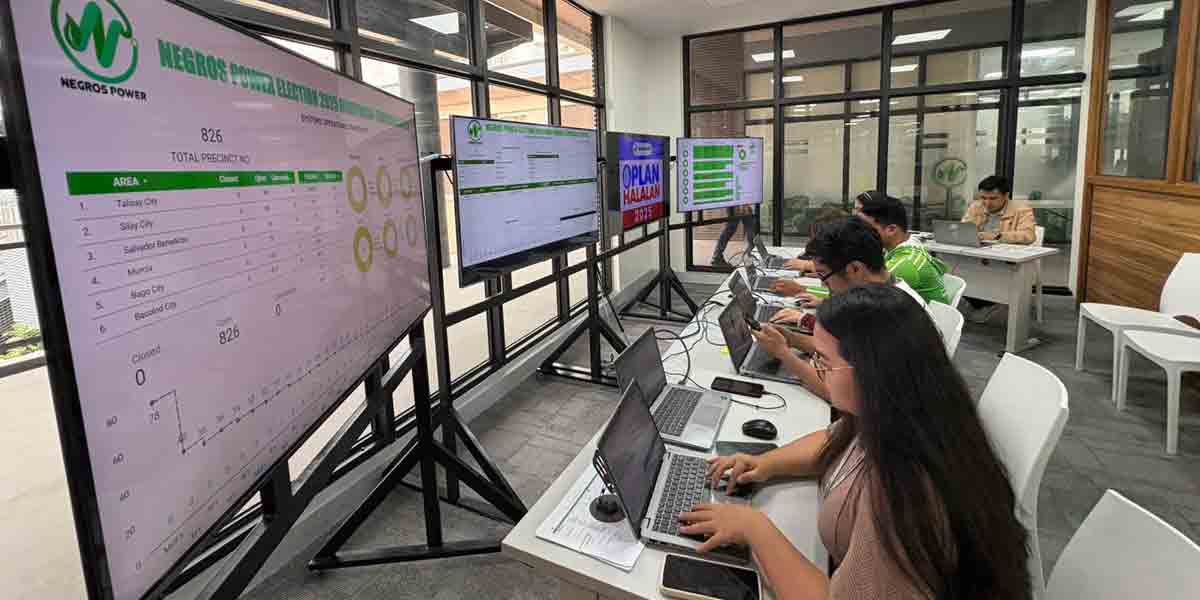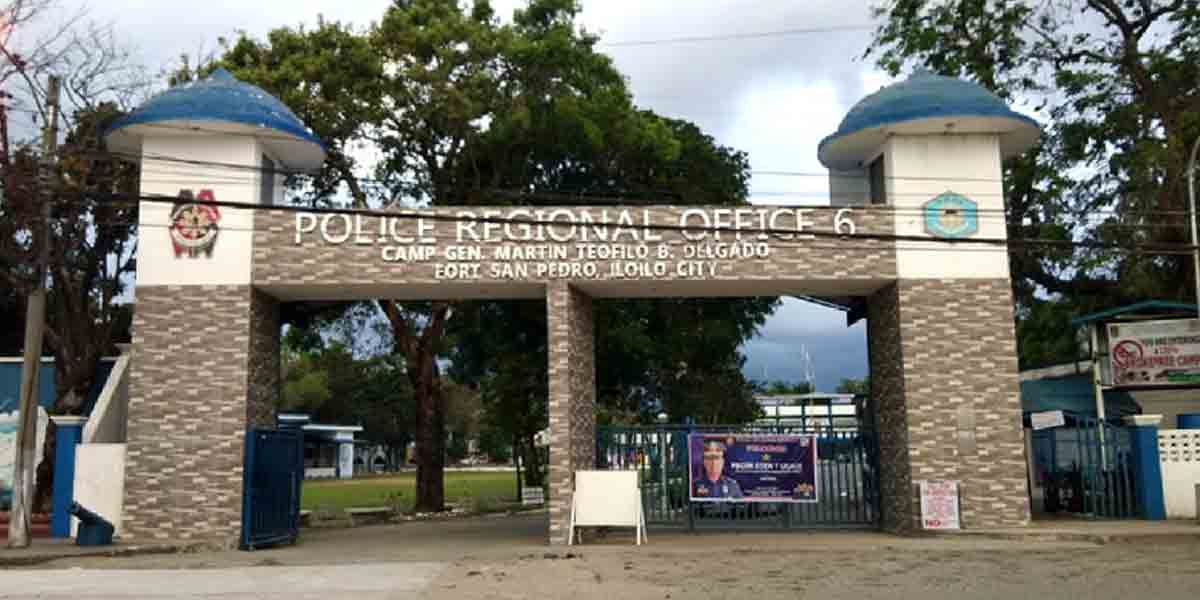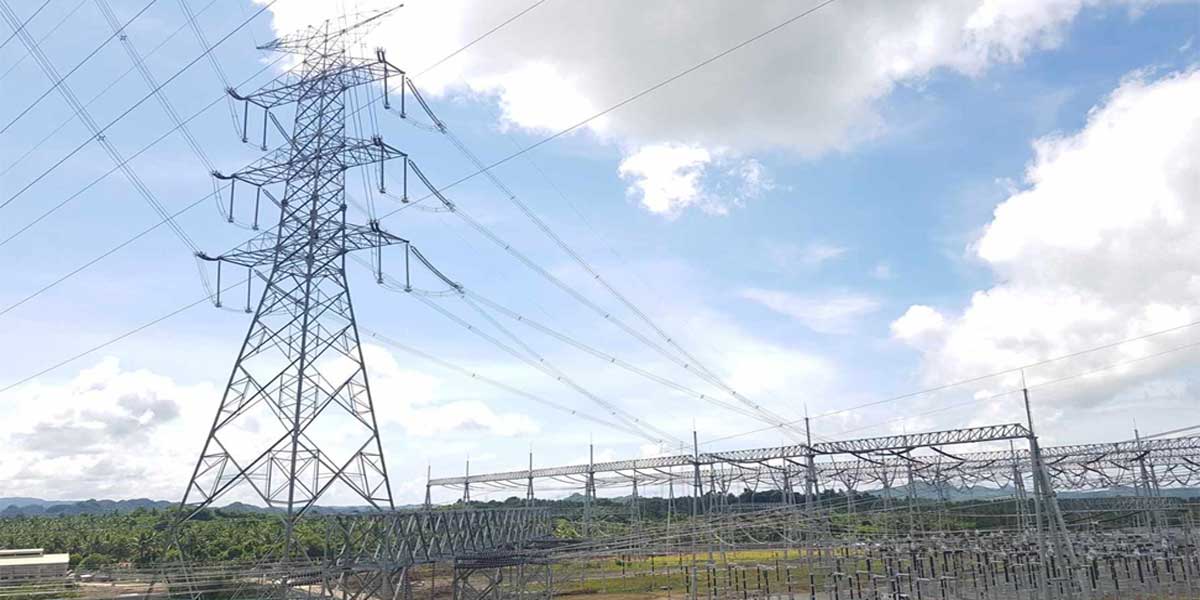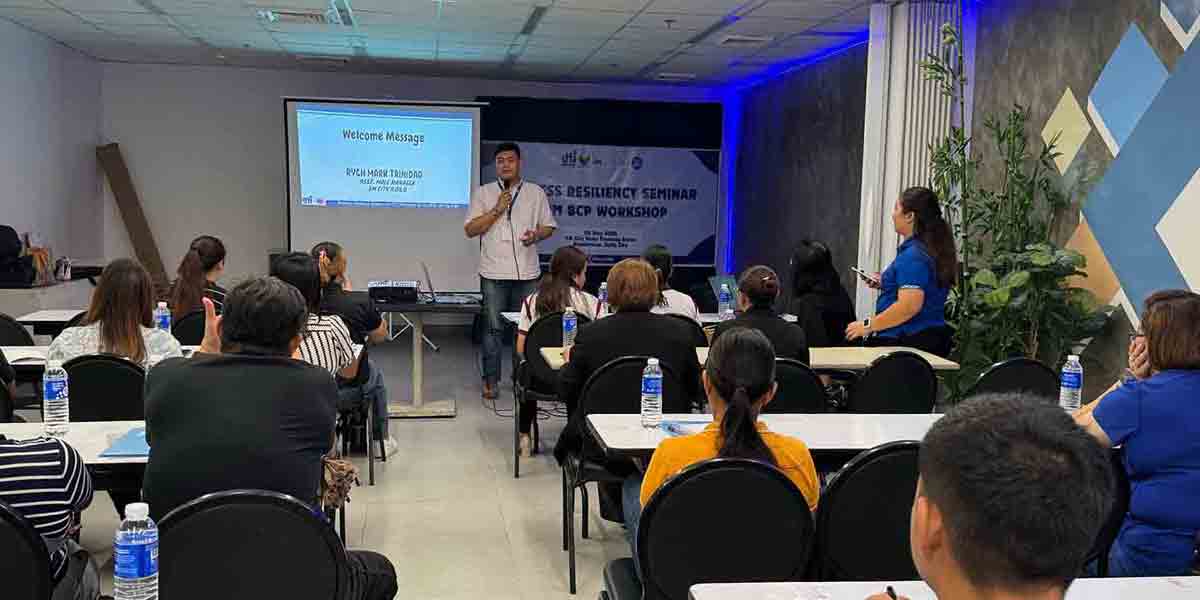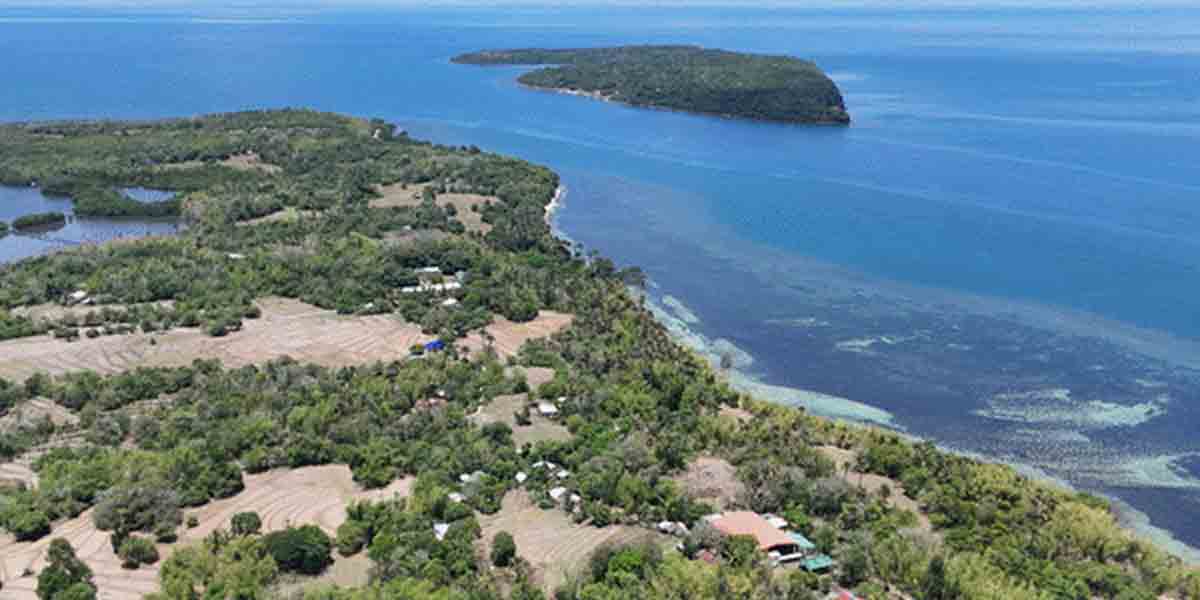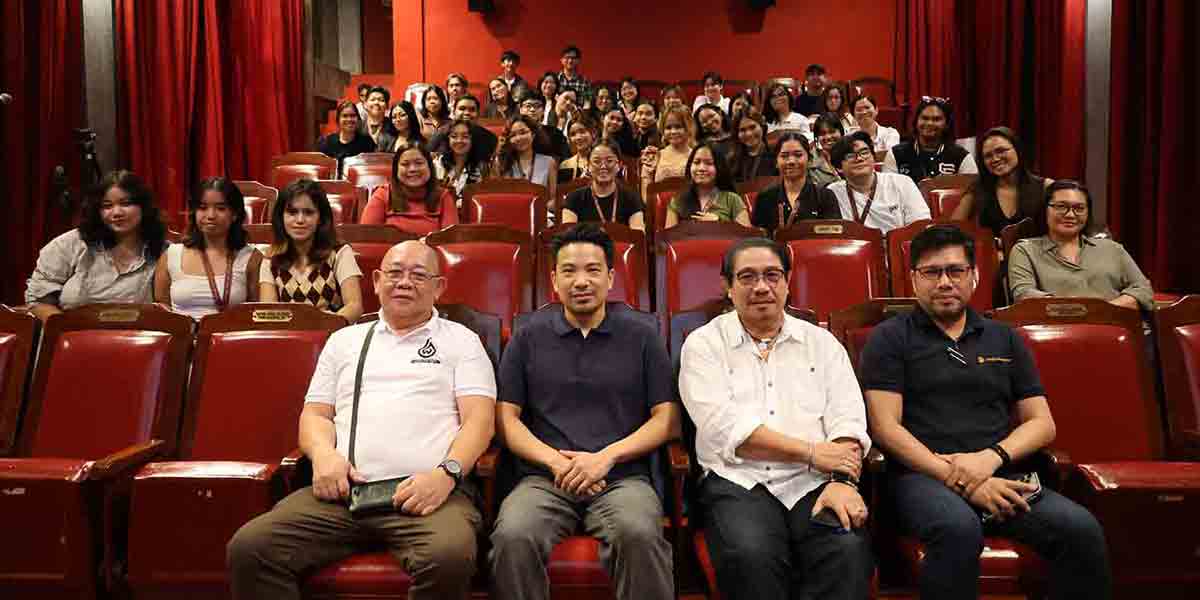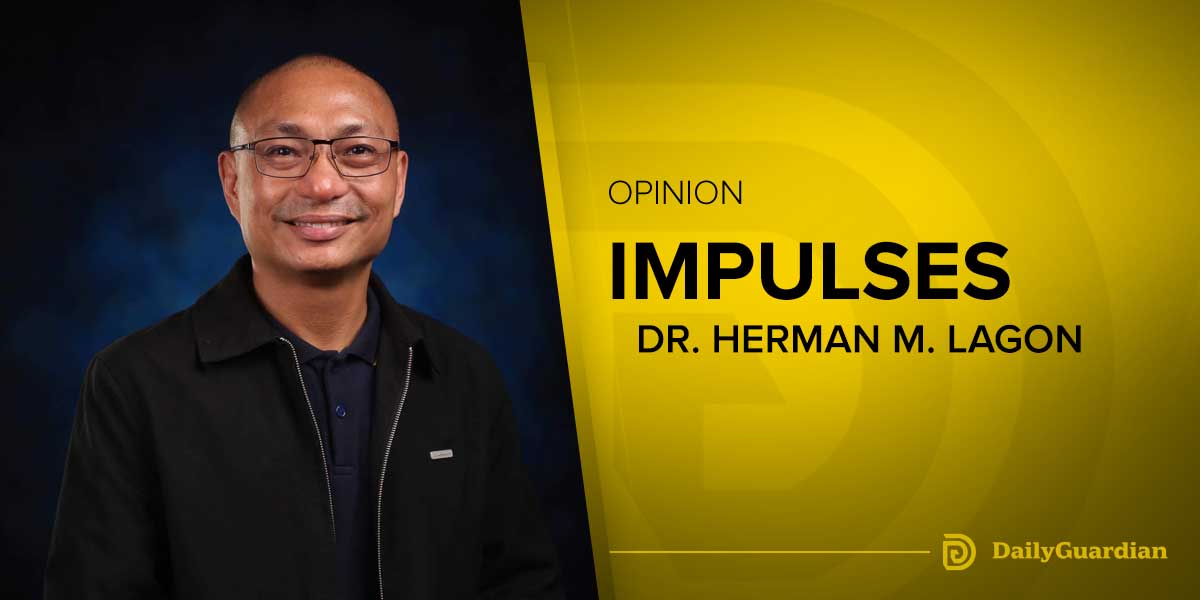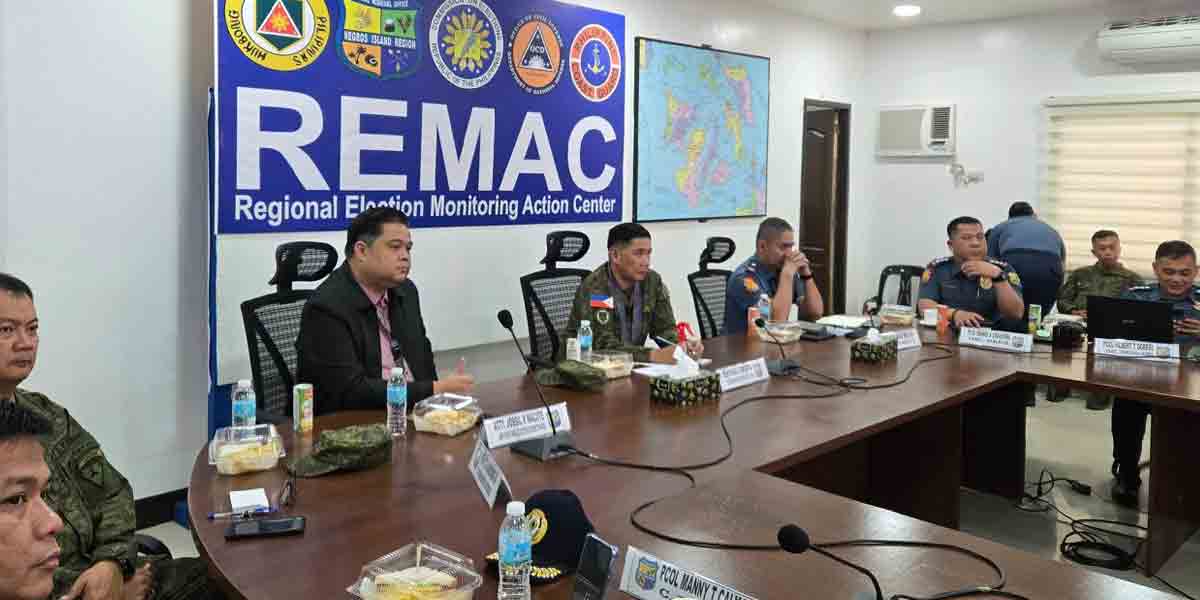By Herman M. Lagon
It begins, as many things in this country do, with a promising proposal on PowerPoint. Transfer the roll-on/roll-off (RoRo) operations from Dumangas to Fort San Pedro in Iloilo City, the Philippine Ports Authority suggests, as if logistics is only a matter of maps and mileage. On paper, the plan gleams. Consolidate port operations in the city, make Iloilo a Western Visayas maritime hub, and boost commerce. Yet, for those who live, teach, commute, and raise their children here, this is not just a port. This is about life. And sometimes, paper logic is precisely what derails people’s lived realities.
Let us talk traffic, but not just in numbers. Ask any teacher or student from Molo, Jaro, Mandurriao, Lapuz, or LaPaz who takes two jeepneys to reach City Proper every morning. Now imagine the daily crawl stretching from minutes to hours with RoRo cargo trucks tailing behind school buses and tricycles. We are not guessing. Iloilo City’s traffic is already notorious. Class suspensions due to congestion are not rare but routine. City Hall had to cancel classes thrice in March alone due to mobility and other related issues during civic parades and rallies. Adding thousands of metric tons worth of trucks to this already cracked system is not streamlining—it is suffocation.
Supporters of the transfer speak of economic efficiency. But whose economy are we trying to make efficient? Barangays like Sapao in Dumangas have grown precisely because they host port activity. The RoRo port there has not only connected islands; it has connected people to jobs, opportunities, and hope. Vendors, drivers, port workers—entire microeconomies depend on it. Moving operations to Iloilo means gutting these livelihoods. For what reason? A shinier port with a nicer view of Guimaras? We are not growing the economy. We are relocating it to an already crowded table, elbowing out the people we claim to uplift.
We also need to stop pretending the city is ready. Fort San Pedro’s surrounding area is already overworked. The roads are narrow. Parking is tight. Vendors and bikes often claim sidewalks. Where will the buses go? Where will the cargo be unloaded? The Institute of Contemporary Economics called this move “shotgun development”—a planning strategy that reacts, not reflects. And they are not wrong. City Ordinance Nos. 2002-408, 2004-268, and 2006-010 already limit the entry of provincial buses into the city. Either we rewrite laws overnight, or we make illegal what is essential. Neither choice smells like foresight.
This is not a case of being anti-development. Let us be clear: ports are critical—maritime mobility matters. But development must be balanced, not bloated. Dumangas has already seen infrastructure investment, with DPWH upgrading its coastal road at over ₱39 million in 2024. It was not random. It was meant to support regional flow. The idea that progress means jamming all engines into Iloilo’s urban core goes against the very logic of distributed growth. Even the Department of Transportation’s Road Roll-On/Roll-Off Terminal System (RRTS), launched in 2003, was designed to decentralize access, not clog it.
And then, there is the matter of Fort San Pedro itself. This is no ordinary space. It is a heritage zone—a reminder of our maritime past, a potential tourist hub, and a space for leisure and memory. Turning it into a truck depot and cargo terminal chips away at its historical soul and risks converting a shared cultural space into a restricted logistical facility. The plan tries to serve commerce at the cost of the community. And in doing so, it risks reducing Iloilo into a city of function without flourishing. As urban theorists Notteboom, Pallis, and Rodrigue (2021) pointed out, modern cities thrive when they embrace their waterfronts as places for people, not only for porting.
Those of us who live and teach here—especially in the public schools, where students walk in tsinelas and clutch reused notebooks—know that every added jeepney, every delayed bus, and every suspended class is not just a logistical issue. It is an opportunity missed, a child falling behind, a teacher, and an employee losing teaching time. This proposed port transfer will not just change roads but also routines. These are the kinds of changes that do not make headlines but leave long shadows. The kind that do not break news, but break communities.
The Iloilo-Guimaras Bridge, already in the pipeline, will eventually render many RoRo routes obsolete. If so, why pour resources into a transition that future infrastructure will disrupt? Should we not be thinking long-term? Should we not use the remaining years to improve what already works rather than gamble on a shift that might be redundant within a decade? The buzzword of the pandemic was “essential,” but we seem to have forgotten the essence. Development that disrupts more than it delivers is not strategic—it is scatterbrained.
This is not a call to rebel, but a call to reflect. What kind of growth do we want? One that merely looks good on maps or feels right on the ground? A growth that chokes its people in the name of movement is not worth the trip. The Ignatian idea of cura personalis—care for the whole person—reminds us to always consider the human dimension, especially when numbers tempt us otherwise. City leaders, planners, and PPA executives: this is your moment to do better. Not to be louder, but wiser. Not to be fast, but thoughtful. The choice is not between Dumangas and Iloilo. It is between a jammed future and a just one.
Let us not sail into chaos under the banner of progress. Let us pause. Listen. Re-think. Because sometimes, the boldest move is not to break what works—but to build gently around it.
***
Doc H fondly describes himself as a ”student of and for life” who, like many others, aspires to a life-giving and why-driven world grounded in social justice and the pursuit of happiness. His views do not necessarily reflect those of the institutions he is employed or connected with.

